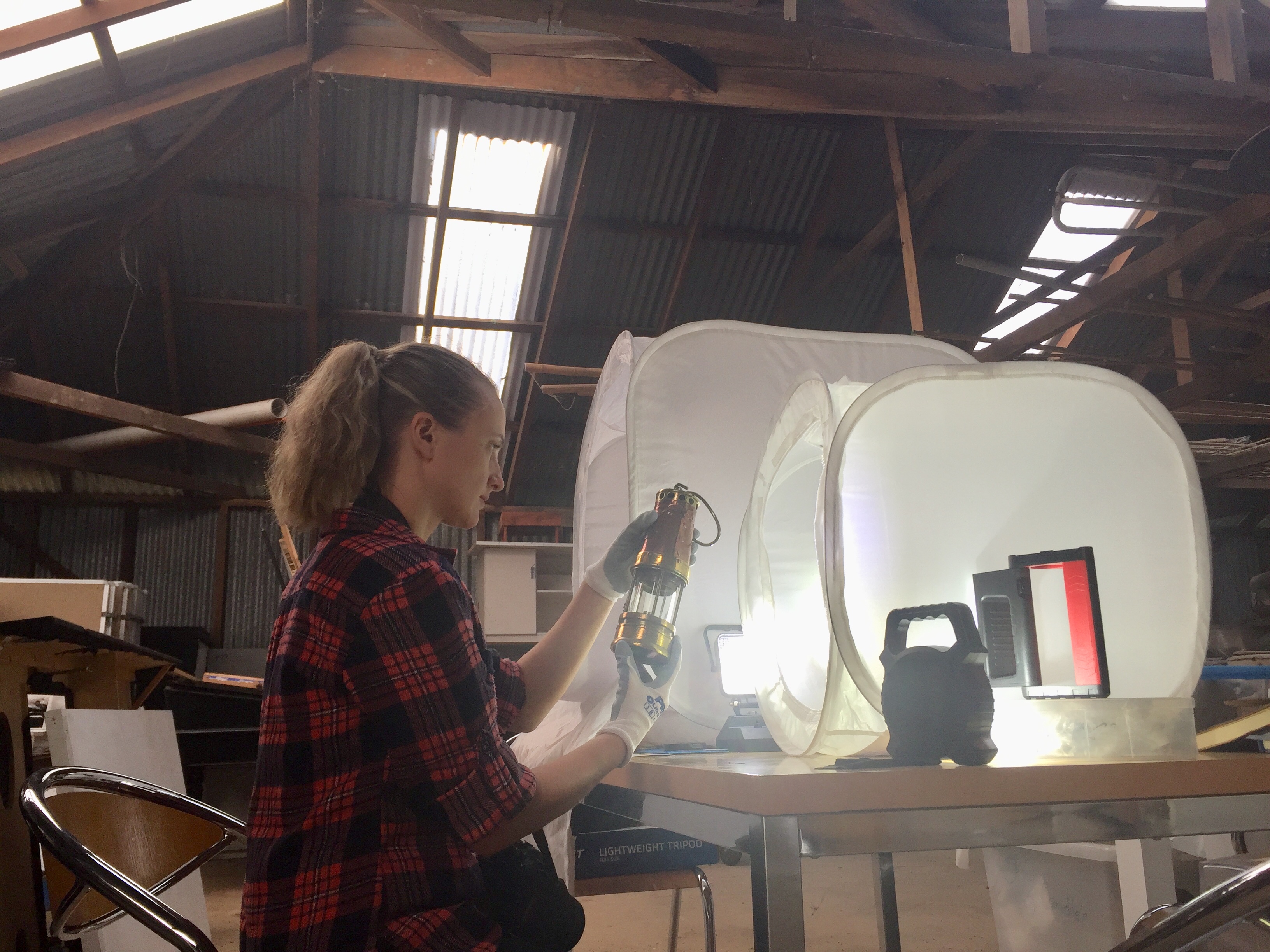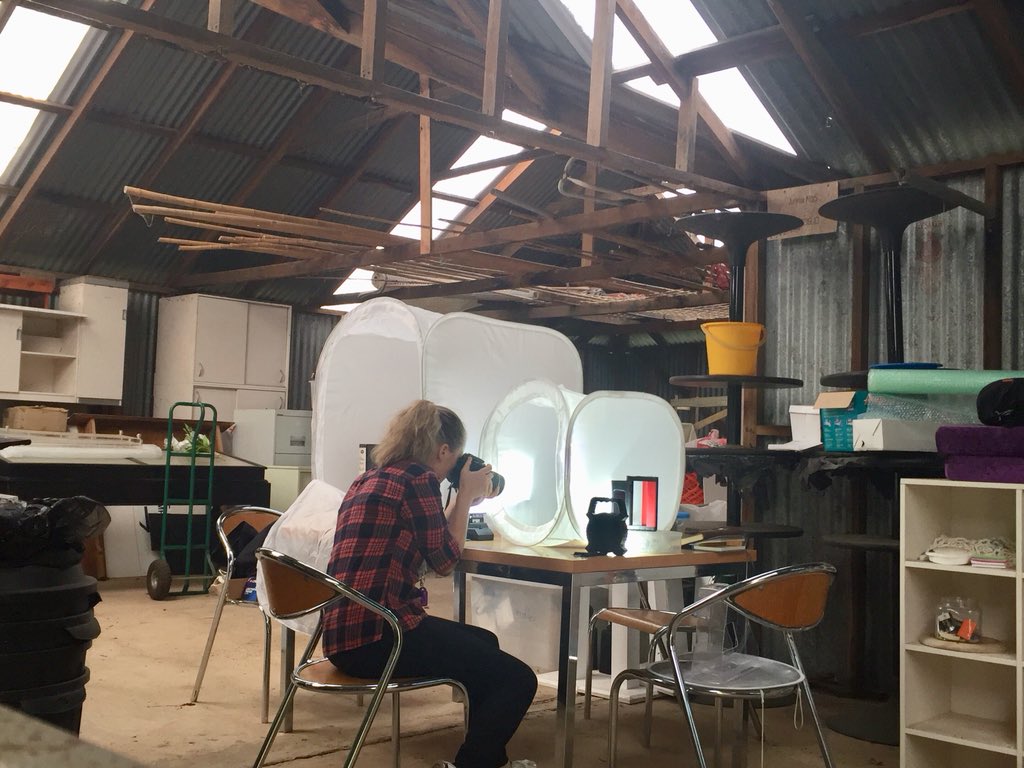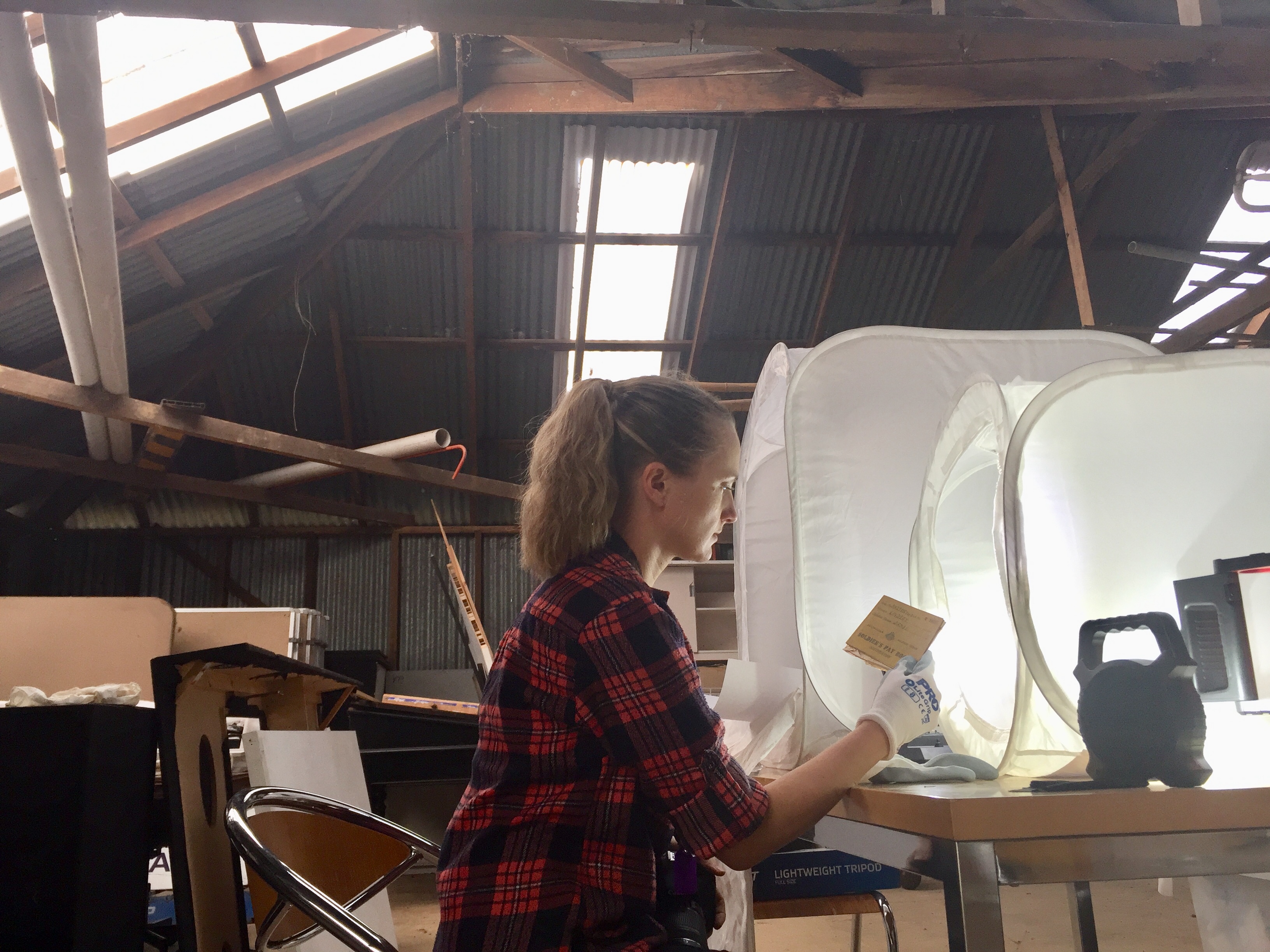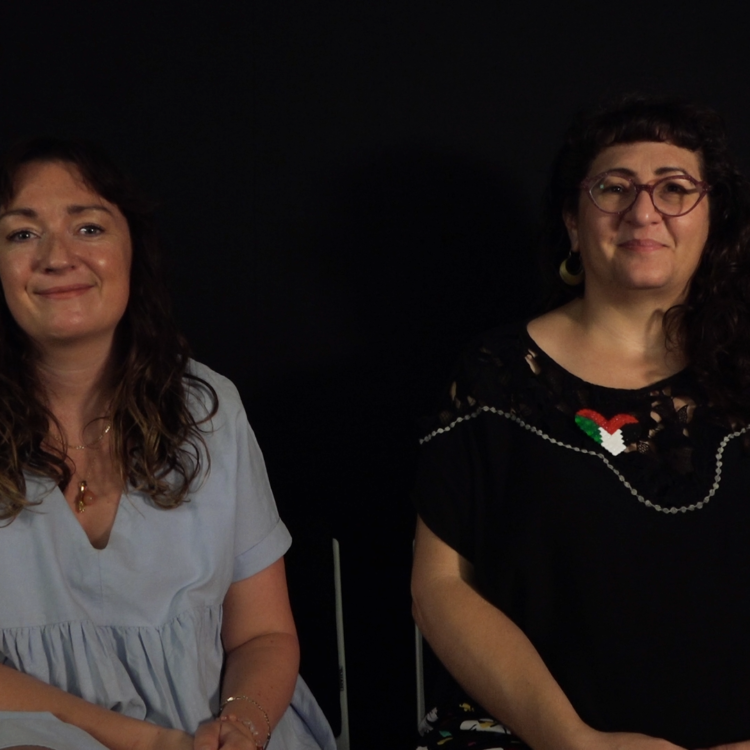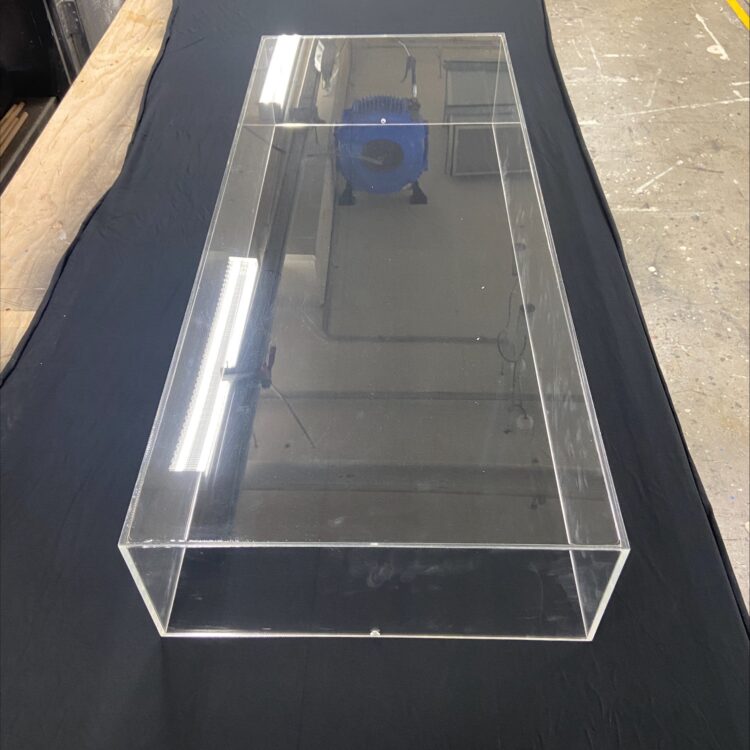With the closing of the Mt Kembla Mine Heritage Centre, the Museum Advisor for the Wollongong/Illawarra region, John Peterson, approached M&G NSW to see if we could assist in dealing with the dispersal of the collection.
We hoped that if the significance of the individual objects, and the collection as a whole was well documented, we might be able to put together a more persuasive case to keep the collection intact. To this end, we were fortunate to receive funding from South32 Illawarra Coal, through the Illawarra Coal Dendrobium Community Enhancement Program, to employ Penny Edwell as part-time Collection Officer to inventory the collection and undertake further research on the objects in the collection to refresh and upgrade the quality of the documentation. As some objects have little or no documentation, the Collection Officer will need to seek stories from the local and wider community to understand how the actual objects, or similar objects, were used.
We caught up with Penny to find out more about her work and see how the project is progressing.
What is your role in this project?
I recently began working as Collection Officer of the Mount Kembla Mining Heritage collection in Wollongong. I’m working to catalogue, photograph and expand the records for the Mount Kembla Mining Heritage Centre’s collection of artefacts and archives.
Why is it important?
The Mount Kembla Heritage Centre closed permanently in mid-2018, and its collection is currently in limbo – it is in storage awaiting a new home. The collection began in the early 2000s as commemorations to mark the 100th anniversary of the Mt Kembla Mining Disaster got underway, and grew from there. The collection not only speaks to the history of the area, the impact of the mining industry and the 1902 explosion, but it’s also a record of community efforts to keep that history alive – the people who devoted time and love and money to preserving their own heritage. It’s record of their persistence and efforts.
What are some inspirational things you have encountered so far?
I’ve really loved reading the oral history transcripts in the archive collection. It reminds me how fast the world is changing in the past century, and how different our lives are compared to those who lived only a generation or two ago. I really appreciate that historical societies such as Mount Kembla Mining Heritage Inc took the initiative to capture not only physical heritage with the artefacts, but ephemeral history: stories and experiences that are lost with the end of each generation. We need these stories to make meaning of our objects, and to really understand the past. I got goosebumps reading a sweet remembrance from an interview with Marion Hunt of Mount Kembla about school teacher, Alfred Shipp, who died at Gallipoli on, or soon after the landings on 25th April 1915. Mrs Hunt remembered going to his farewell, hearing him sing The Last Rose of Summer, and thinking of him every time she heard the song. Now I will too!
What is the expected outcome of this project?
The aim is to comprehensively catalogue the collection so we can fully appreciate the significance of the artefacts, but also the value of the collection as a whole – and hopefully find a permanent solution to the question of its custodianship. While the artefacts are no longer available via a physical museum for people to view and visit, the collection will at least be accessible online via eHive. Hopefully this will help keep the collection visible, and build on the work of the Mount Kembla Mining Heritage Inc and local projects such as Wollongong Heritage and Stories. In the long run it would be wonderful to see a regional museum established in Wollongong one day – but also some ongoing assistance to help community groups care for their collections so they, and their stories, last well into the next generation.

